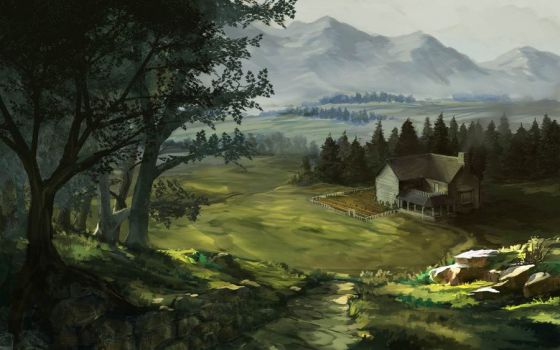Improvement (development)
Improvements describe techniques and practices intended to increase the food supply, commerce, happiness or health of a locality. Improvements commonly apply to a specific environmental landscape or hinterland block. The improvements that can be implemented are described below according to their development level.
DEV-5
Dugout & stone/clay housing: developed stone & clay roundhouses, dugouts and adobe structures built to last several generations with minimal repairs. Dwellings are small, typically 15-20 ft. in diameter at most, with 4 ft. doorways and capped ceilings, or dirt floors dug three feet below surface level. Use of clay is primitive and depends on dry climates to ensure durability; found only in village centres. Adds +1 health.
Fishing grounds: exploration has located a sea, lake or river location of unusually rich fishing waters. This is indicated by pre-existing trade references indicating fish or boatbuilding. May be exploited by up to two T(1-6) settlements. Adds +2 food total (to one settlement if not divided between two) and +1 health. Includes salmon runs.
Hunting grounds: describes the unusual abundance of herds and game, usually due to the amount of water, access, alignment with natural migration routes and lack of overhunting. This is indicated by pre-existing trade references indicating game or furs. May be exploited by up to two T(5-6) hexes per hunting reference (see below). Adds +2 food total (to one settlement if not divided between two) and +1 health.
Market: select settlements have access to trading sites that add +1 wealth. This wealth is expressed in hard goods and not coinage.
